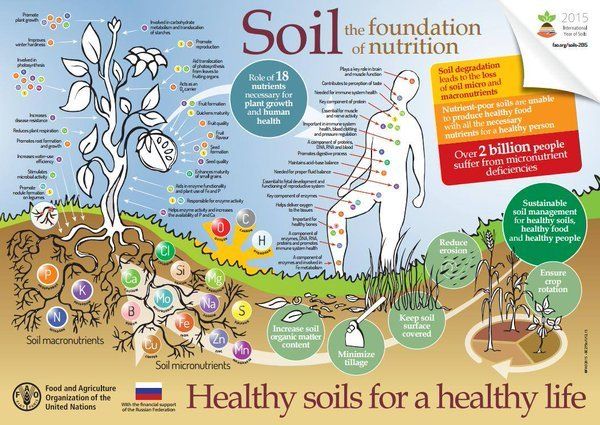
The nutrients in our soils are by nature linked to the nutrients we need for a healthy life: http://www.fao.org/soils-2015/resources/infographics/en/
‘From the soil we have come, to the soil we shall go and from the soil we want to live,’ wrote Marcelin Albert in the spring of 1907, during a revolt of French winegrowers in the Langdoc. For these farmers, the land wasn’t just where they lived, it was their identity, their source of livelihood and strength. They were the land.
This wasn’t rhetoric – Albert and his fellow winegrowers were squeezed to the breaking point due to a many-year depression in wine sales caused by cheap, fraudulent wines flooding the market. They blamed government for failing to stop the frauds, grown in poor soils and churned out quickly, and that spring, exactly 110 years ago, their revolt spread through the south of France with drums beating and bugles blaring.
The Wine Revolt as it was known isn’t well remembered today. However, it achieved some success. It drew producers and consumers of wines together. It asserted the value and equality of women in the chain of wine growing, production and sale. And, it alerted government to the value of the land and soil, and their authentic place in the people’s lives.
In our time, we face similar surpluses of cheap, nutrient-poor products grown in unhealthy soil. Whether we can acknowledge the truth of our connection to the soil in 2017 as they did in 1907 is another matter.
Next week in Berlin, key players in policy and sustainability will be coming together for Global Soil Week. Their focus will be to look at the Sustainable Development Goals (SDGs) through the perspective of land and soils – in particular, Goal 2: End hunger, achieve food security and improved nutrition, and promote sustainable agriculture.
They will be examining the basic connection between human health and the soil, and how soil resources – long overlooked – underpin global efforts to achieve sustainability. To underscore this connection, simply look at the foundation of human nutrition. There are at least 18 nutrients necessary for human health found in healthy soil that we know of, and this is only scratching the surface.
For example – Phosphorus, boron and calcium are critical for healthy bones. Potassium is vital for muscle and nerve activity. Nitrogen in an essential component of DNA, RNA and blood. Chlorine is important for digestion, iron plays a key role in brain and muscle function and delivers oxygen throughout the body, and zinc is necessary for reproductive functions and fetal development, as well as key to the perception of taste and the immune system. All these nutrients are present in healthy soil – all of them are introduced into the human body by eating plants grown in healthy soil rather than relying on dietary supplements. The list of what we need goes on; healthy soil supplies it.
Only caring for soil ensures that these nutrients are present in it. That means reducing erosion around fields, keeping the surface of the soil covered, minimizing tillage, and maintaining organic matter content.
But – soil is not only often overlooked, it’s often not respected. It can be neglected and overused, and can lose its organic matter and become stripped of nutrients due to application of chemical pesticides and fertilizers. Its degradation leads to the loss of soil nutrients, and this kind of unhealthy soil is unable to produce foods with the necessary vitamins and minerals to keep a person healthy. Over two-million are known to suffer from micronutrient deficiencies and that number is likely much, much higher.
A distinguishing feature of the SDG vision is that it is moving beyond conservation toward active, sustainable management of our natural resources – forests, waters, land and soil. It puts faith in sustainable agriculture programs and recognizes that 80% of the people on earth are fed - not by massive, industrial agriculture operations – but by small farmers using traditional methods. The SDG vision calls for agriculture and food systems to be made more efficient and sustainable, and to shift to more sustainable consumption and production approaches.
One key component of this approach – one that contributes to security, resiliency and sustainability – is the promotion of soil health. But, the most important part of the multifaceted benefits healthy soil provides is that it is the key to nutrition and health. People talk about feeding the world by increasing quantities, but how can we achieve food security and improve nutrition if the soil in which we grow our food is devoid of nutrients. How can we create healthy wholesome food from soil that is contaminated with chemicals and other additives? These inputs have not proven to increase the long-term fertility of the soil, but rather create unhealthy imbalances, which destroy the organic matter in the soil that support life and the soil’s natural resilience.
The time for soil health is here. We are broadly recognizing that we cannot survive without it, like the farmers of the Langdoc did 110 years ago. Next week may be World Soil Week, but in fact, it is the decade of healthy soil. We need to seize the moment to ensure that its importance – now recognized – is acted upon to secure our future health and survival as a species.
